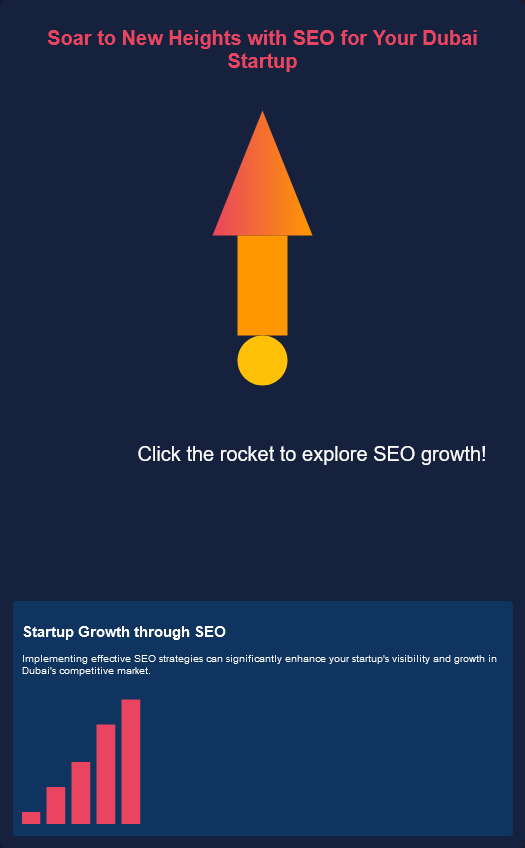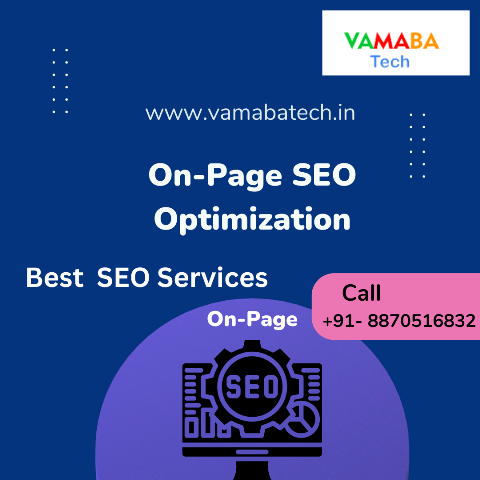Email Marketing Campaigns for E-commerce Websites
As an e-commerce website owner, you're likely no stranger to the importance of email marketing in driving sales and customer engagement. But are you getting the most out of your email campaigns? A well-crafted email marketing strategy can make all the difference in converting subscribers into loyal customers. But what sets a successful email campaign apart from a mediocre one? It all starts with understanding your audience and creating targeted content that resonates with them. But how do you get started? Let's take a closer look at the key elements of a winning email marketing campaign.
Key Takeaways
- Email automation helps e-commerce websites recover lost sales through cart abandonment emails and personalized promotions.
- Segmenting subscribers based on purchase history and browsing behavior enables targeted email campaigns that drive conversions.
- Compelling email content with clear calls-to-action, relevant visuals, and personalization techniques boosts engagement and sales.
- Optimizing email subject lines and sender names improves open rates, while responsive design ensures a great user experience on all devices.
Types of Email Marketing Campaigns
When developing an email marketing strategy, you'll need to decide which type of campaign to use, as different types serve distinct purposes and cater to various stages of the customer journey.
Email automation is a vital aspect of email marketing, allowing you to set up triggered emails that are sent automatically based on specific actions or events. For example, you can set up an automated email campaign to target customers who've abandoned their shopping carts, reminding them to complete their purchase.
Cart abandonment emails are a type of transactional email that can help recover lost sales. By sending a series of automated emails, you can re-engage customers and encourage them to complete their purchase.
Other types of email marketing campaigns include promotional emails, newsletters, and welcome emails. Each type of campaign requires a different approach and strategy.
Crafting Compelling Email Content
Now that you've determined the type of email marketing campaign to use, it's time to focus on crafting compelling email content that resonates with your target audience and drives conversions. Your email content should be engaging, informative, and personalized to capture the attention of your subscribers. To achieve this, you can use personalization techniques such as addressing subscribers by their names, referencing their past purchases, or recommending products based on their interests.
* Emotional triggers: Use storytelling techniques to create an emotional connection with your subscribers. Share customer testimonials, highlight the benefits of your products, or create a sense of urgency to encourage conversions.
* Clear calls-to-action: Use prominent and actionable CTAs to guide subscribers towards a specific action, such as making a purchase or signing up for a newsletter.
* Relevant visuals: Use high-quality images or videos to showcase your products and make your email content more engaging and shareable.
Segmenting and Targeting Subscribers
To maximize the effectiveness of your email marketing campaigns, you'll need to segment and target your subscribers based on their unique characteristics, behaviors, and preferences.
This involves creating subscriber personas that outline demographic information, purchase history, and engagement patterns. By doing so, you'll be able to tailor your email content to resonate with specific groups, increasing the likelihood of conversion.
To develop effective subscriber personas, analyze your customer journeys and identify key touchpoints.
Consider factors such as browsing behavior, purchase frequency, and cart abandonment rates. This data will help you create targeted email campaigns that address specific pain points and interests.
For example, you may create a segment for first-time customers, offering them a welcome discount, while targeting repeat customers with loyalty rewards.
Building an Effective Email List
When building an effective email list, you'll want to focus on creating opt-in forms that encourage subscribers to share their information with you.
Strategically placing these forms on your website, such as in the footer or sidebar, can help increase conversions.
Opt-in Forms and Placement
Most effective email marketing campaigns begin with strategically placed opt-in forms that encourage a significant percentage of website visitors to willingly share their contact information in exchange for valuable content or incentives. You're basically trading value for their contact details.
The placement and design of your opt-in form play a vital role in conversion rates. Guarantee that your form stands out without disrupting the user experience. Pop up placement should be used carefully to avoid being intrusive, and A/B testing will help determine the best time and design to capture visitors' attention.
- Design a visually appealing form with a clear headline that communicates what the visitor will gain from signing up
- Optimize for mobile and tablet users by keeping your form fields and submit buttons finger-friendly and prominently placed on mobile pages
It is now vital that your design appeals to both tech-savvy individuals and your business targets in mind to secure positive, worthwhile marketing performance results.
Segmenting Your Email List
You've successfully captured a list of email addresses, but now it's crucial to segment your list to guarantee that the right message reaches the right people at the right time, maximizing the effectiveness of your email marketing campaigns. Segmenting your list involves dividing your subscribers into groups based on specific characteristics, such as demographics, behavior, or preferences.
| Segmentation Criteria | Description | Benefits |
|---|---|---|
| Geographic Location | Segment subscribers by country, region, or city | Target location-specific promotions and offers |
| Purchase History | Segment subscribers by purchase frequency or value | Offer loyalty rewards and personalized recommendations |
| Subscriber Behavior | Segment subscribers by email open rates, clicks, or conversions | Target engaged subscribers with relevant content |
Before segmenting your list, it's imperative to perform List Cleaning to remove inactive or unengaged subscribers. This process helps maintain a healthy list and prevents spam complaints. Additionally, Subscriber Profiling helps you understand your subscribers' preferences and behaviors, enabling you to create targeted campaigns that resonate with them. By segmenting your list and understanding your subscribers, you'll be able to create effective email marketing campaigns that drive conversions and revenue.
Email Design and Layout Best
Designing an effective email layout is crucial to capturing your audience's attention and driving conversions, as it can make or break the success of your email marketing campaign. You want to create an email that's visually appealing, easy to navigate, and optimized for different devices. This is where responsive design comes in – it guarantees that your email looks great on both desktop and mobile devices.
To achieve this, you should focus on the following key elements:
- Use a single-column layout: This makes it easier for readers to scan your email on smaller screens.
- Optimize images and CTAs: Make sure your images are compressed and your calls-to-action (CTAs) are large enough to tap on mobile devices.
Measuring Campaign Success Metrics
Now that you've crafted and sent your email marketing campaign, it's time to evaluate its performance by measuring key success metrics.
You'll want to track and analyze specific data points to understand how your campaign is resonating with your audience, such as open rates, conversion rates, and click-through rates.
Open Rate Analysis
Effectively measuring the success of your email marketing campaigns starts with a critical metric: open rate analysis, which gauges the percentage of recipients who open your emails, providing a vital indicator of campaign engagement and relevance.
As you analyze your open rates, you'll gain valuable insights into the effectiveness of your subject lines, sender names, and email content. This metric also influences measurement of your delivery rate, as a high open rate can indicate that your emails are being delivered to the inbox rather than the spam folder.
To dive deeper into open rate analysis, consider the following key factors:
- Subject line optimization: Experiment with different subject lines to see which ones resonate with your audience and drive higher open rates.
- Sender name and reputation: Verify that your sender name is recognizable and trustworthy, as this can substantially impact open rates.
Conversion Rate Tracking
As you move beyond open rate analysis, tracking conversion rates becomes a crucial metric in measuring the ultimate success of your email marketing campaigns, allowing you to gauge the percentage of recipients who complete a desired action, such as making a purchase or filling out a form.
To effectively track conversion rates, you'll need to set up conversion metrics that align with your campaign goals. This may include sales tracking, where you monitor the number of sales generated from your email campaigns, or lead generation, where you track the number of form submissions or downloads.
When setting up conversion metrics, it's crucial to define what constitutes a conversion for your campaign. This may involve creating a unique landing page or promo code to track conversions. You'll also need to guarantee that your email service provider (ESP) can track conversions and provide you with accurate data.
Click-Through Rate Metrics
Your focus on conversion rate metrics will inform and optimize your email marketing strategy, but it's equally important to track the initial engagement with your email campaigns – click-through rate metrics provide this vital insight into the success of your email campaigns, enabling you to analyze which content, CTAs, and offers are driving subscribers to engage further with your brand.
Click-through rate (CTR) metrics measure the percentage of email recipients who click on a link within your email campaign. This metric is vital in understanding the effectiveness of your email content, CTAs, and offers. By analyzing CTR metrics, you can identify areas of improvement and optimize your email campaigns for better performance.
Key aspects to take into account when analyzing click-through rate metrics:
- Email click-through analysis: Examine which links within your email campaigns are driving the most clicks, and adjust your content and CTAs accordingly.
- CTR by segment: Analyze CTR metrics by subscriber segment to identify which groups are most engaged with your email campaigns.
Frequently Asked Questions
Can I Use Email Marketing for B2B E-Commerce Websites?
You can leverage email marketing for B2B e-commerce websites by crafting targeted business emails that speak to your clients' needs. Develop B2B strategies that nurture relationships and drive conversions through personalized, data-driven campaigns.
How Often Should I Send Emails to Subscribers?
You're wondering how often to send emails to subscribers. Finding the ideal email frequency is key. It's about striking a balance between keeping subscribers engaged and avoiding fatigue. Experiment with different schedules to find what works best.
Are Email Marketing Campaigns Suitable for Small E-Commerce Businesses?
You can leverage email marketing to drive growth, regardless of business size. By focusing on email list building and customer retention, you'll create a loyal customer base, increasing repeat sales and ultimately, revenue.
Can I Use Email Marketing Automation Tools for Free?
You can explore free trials of automation tools to test their features. Many tools offer limited automation features for free, allowing you to automate basic workflows before upgrading to paid plans with advanced features.
Do I Need to Comply With GDPR for Email Marketing?
You must comply with GDPR if you handle EU citizens' data, regardless of your business location. Non-compliance can lead to hefty fines and damage your reputation due to data breaches, emphasizing the importance of marketing compliance.
Conclusion
You've learned how to create effective email marketing campaigns for your e-commerce website.
By implementing these strategies, you'll be able to drive sales, increase customer engagement, and foster brand loyalty.
Remember to continuously monitor and optimize your campaigns using key metrics, such as open rates, click-through rates, and conversion rates.
By doing so, you'll refine your approach and maximize your return on investment, ultimately leading to sustained revenue growth and a competitive edge in the market.







